
Among the most fascinating natural phenomena that occur on Earth are tides, which are defined as the periodic rise and fall of sea levels that are caused by the gravitational pull of the Moon and the Sun upon the Earth. These tidal movements can reach extraordinary heights in certain regions of the world, causing coastlines to undergo transformations and fostering the growth of communities and ecosystems that are extremely vibrant. The world’s highest tides attract tourists, scientists, and locals alike in the year 2025, as coastal tourism and environmental awareness continue to grow. These individuals come to witness the power and beauty of the tides. These locations, ranging from the Bay of Fundy in Canada to the Río Gallegos in Argentina, provide people with compelling spectacles that bring them together through their shared sense of awe and cultural traditions.
List Of Top 10 Highest Tides In The World 2025
1. Bay of Fundy
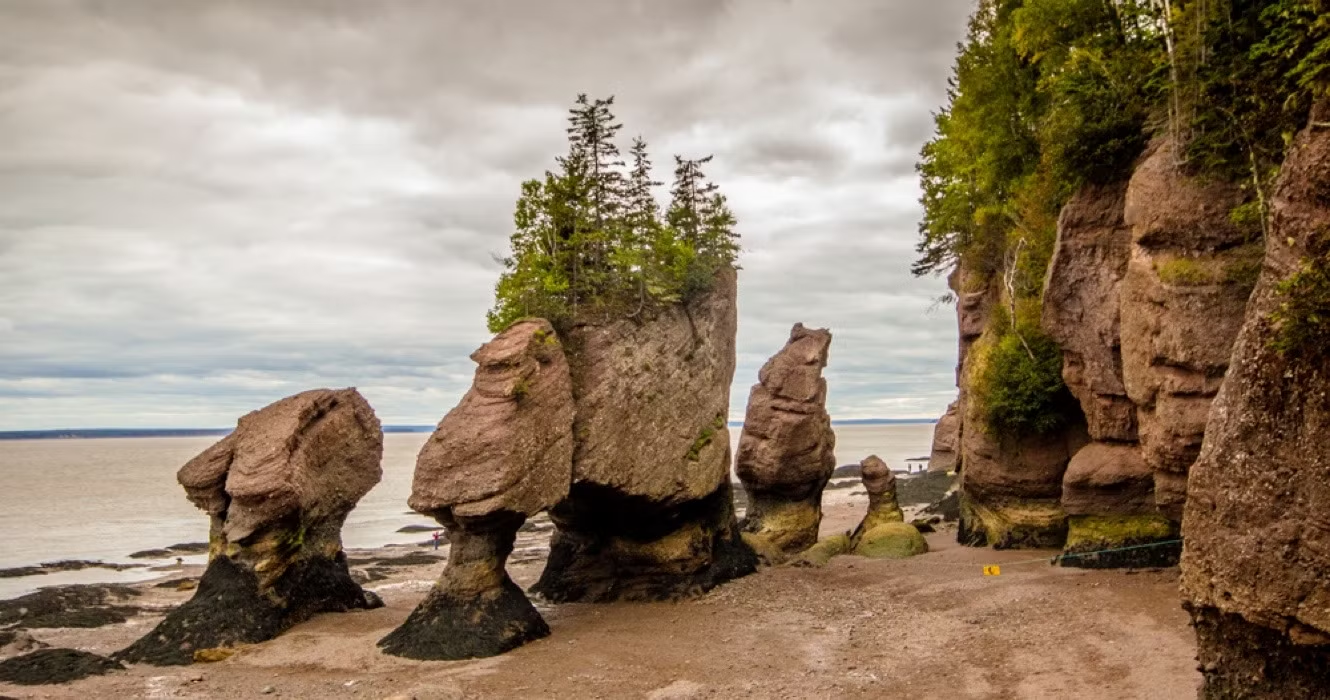
With a mean tidal range of 11.7 meters at Burntcoat Head in the Minas Basin, the Bay of Fundy, which is tucked between New Brunswick and Nova Scotia, Canada, boasts the title for highest tides worldwide. Ranges can reach 16 meters (53 feet) during spring tides; the 1869 Saxby Gale records 21.6 meters. Twice the volume of the world’s freshwater rivers, the bay’s funnel-shaped topography magnifies tidal forces by channeling 100 billion tons of water daily. Visitors stroll the ocean floor at low tide and marvel at cliffs buried hours later in events known as the Reversing Falls and Hopewell Rocks. Local celebrations of this tidal wonder, including the “Not Since Moses” race, bring people together in celebration of friendship via common discovery. A center for ecotourism, the bay’s nutrient-rich waters also support whales, seals, and seabirds.
2. Ungava Bay

With spring tides reaching up to 17 meters and an average tidal range of 9.8 meters at Leaf Lake, Ungava Bay in northern Quebec, Canada, boasts second highest tidal range. Its far-off Arctic position and shallow, funnel-shaped basin magnificence tidal surges in a pristine wilderness. The tides of the bay shape local ecosystems, which support migratory marine life and maintain Inuit populations by means of fishing. Though less easily reachable than the Bay of Fundy, Ungava Bay attracts researchers and adventurous visitors united in wonder of its unspoiled beauty. Harnessing its tidal energy emphasizes its global importance and helps environmentalists and residents dedicated to sustainable futures to build relationships.
3. Cook Inlet
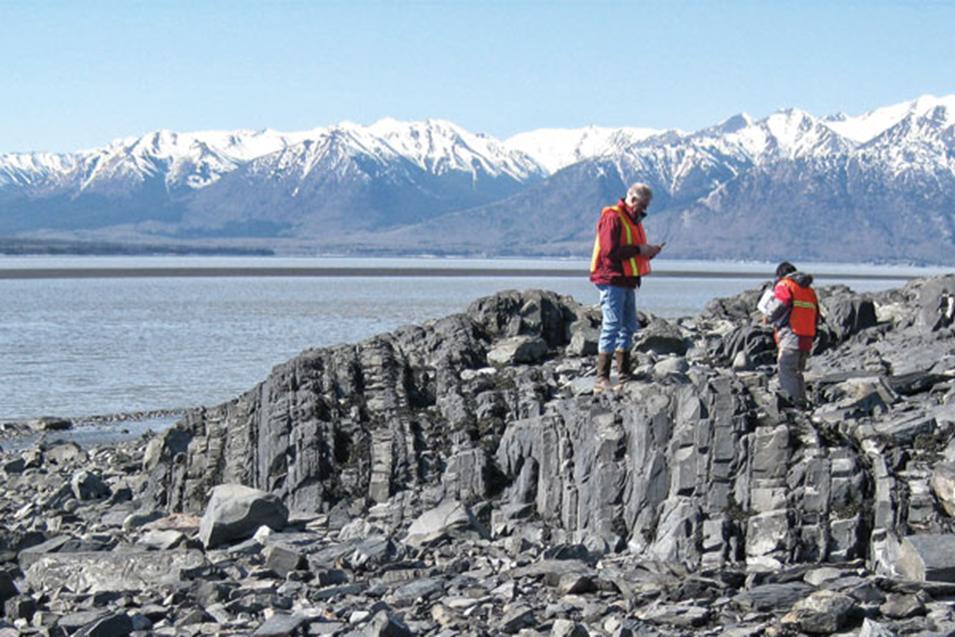
With a mean tidal range of 9.2 meters (30.3 feet) at Turnagain Arm and spring tides reaching up to 12 meters (39.4 feet), Cook Inlet, stretching 180 miles from Anchorage to the Gulf of Alaska, is among the most dynamic tidal areas on Earth. Named for Captain James Cook, who explored it in 1778, this funnel-shaped waterway is well-known for its dramatic tidal swings that produce breathtaking scenery and assist in active ecosystems. Cook Inlet attracts adventurers, researchers, and residents in 2025 to see its tidal show, so promoting friendship by means of tidal bore kayaking, fishing, and community events.
4. Bristol Bay
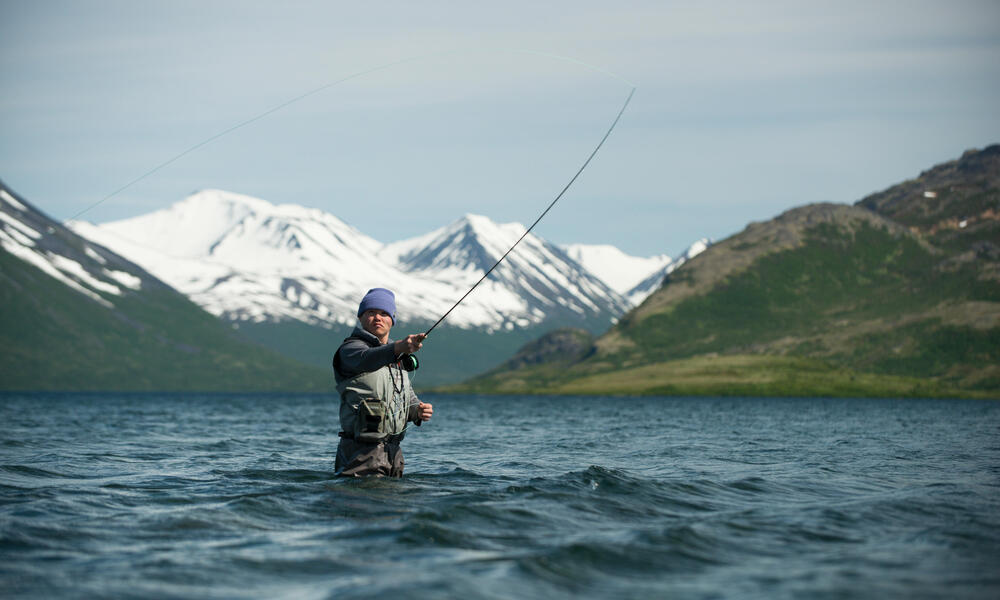
Renowned as the largest and most productive wild sockeye salmon ecosystem worldwide, Bristol Bay is a huge 130,000-square- mile watershed in Southwest Alaska. Bound by the Bering Sea, the dynamic tides of the bay, averaging 5–6 meters (16–20 feet), shape its rich marine environment from the Kvichak River to the Nushagak River. Although not among the highest tidal ranges in the world, these tides drive nutrient-rich currents that support salmon runs, so sustaining 15,000 jobs and billions of economic value. Bristol Bay attracts fishermen, visitors, and environmentalists in 2025, so promoting friendship by means of environmental advocacy, eco-tourism, and fishing experience sharing.
5. Mont-Saint-Michel
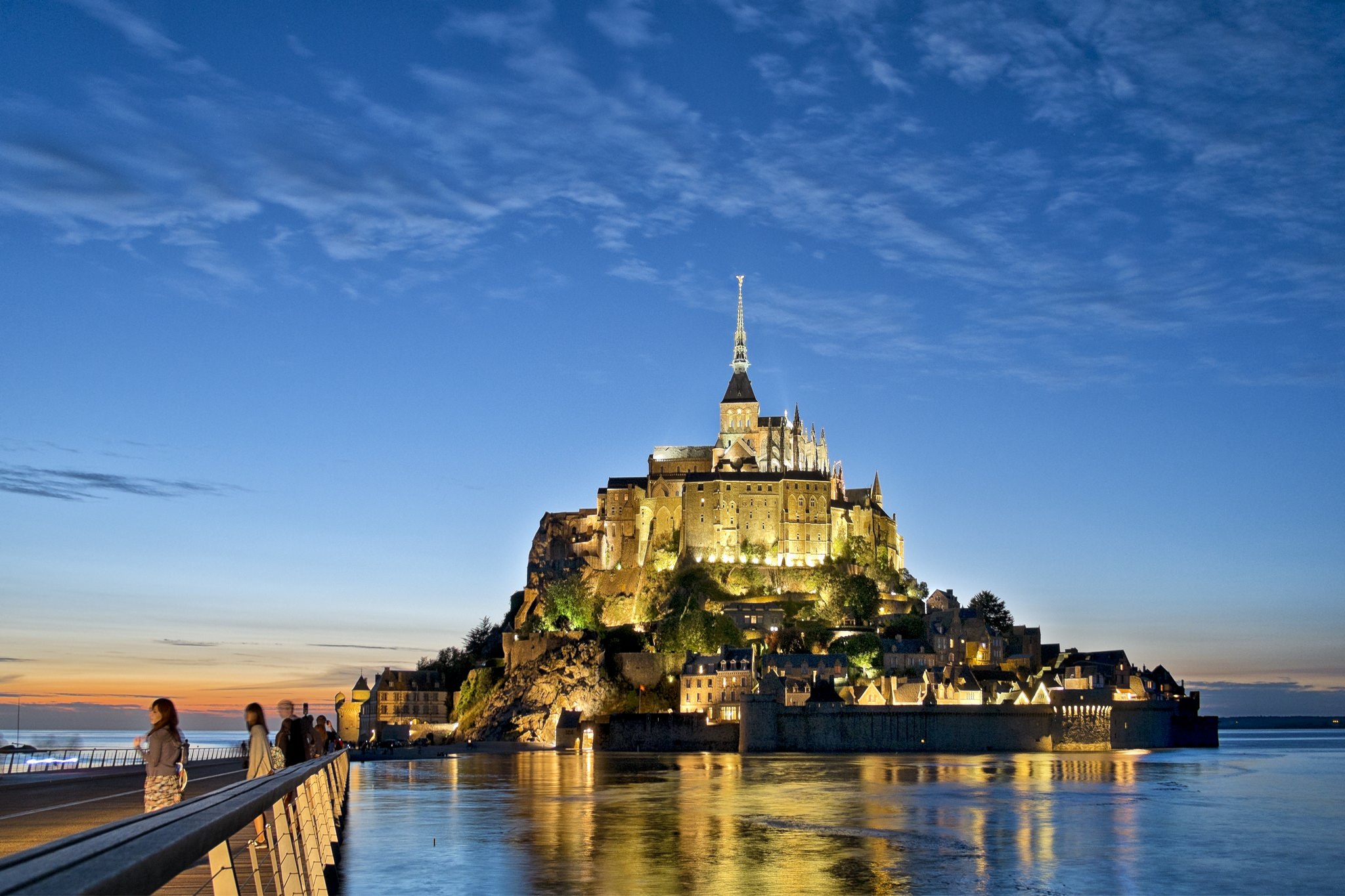
6. Bay of Saint-Malo

Comprising the famous Mont Saint-Michel and the ancient port city of Saint-Malo, the Bay of Saint-Malo, sometimes known as the Gulf of Saint-Malo, stretches along the northwest coast of France between Brittany and Normandy. Fourth among the world’s highest tidal areas, the bay is well-known for its dramatic tidal range—average 8.0 meters (26.2 feet)—which reaches up to 14 meters (45.9 feet) during spring tides. This tidal wonder, a UNESCO World Heritage Site and Biosphere Reserve, changes coastlines, supports rich ecosystems, and will draw millions of visitors in 2025. From pilgrims crossing tidal flats to sailors racing in regattas, the Bay of Saint-Malo promotes friendship by means of common cultural, environmental, and adventurous activities.
7. Shumagin Islands
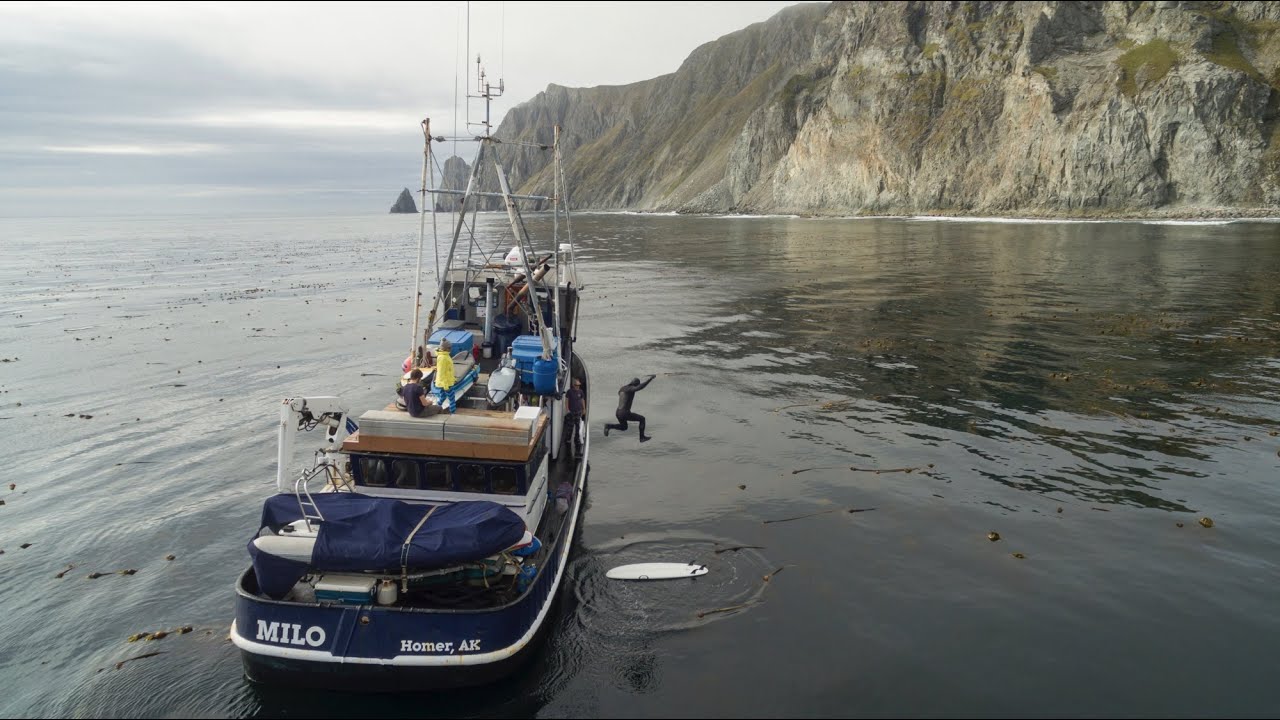
Remote archipelago off Alaska’s southern coast in the Bering Sea, the Shumagin Islands are a tough haven of natural beauty and cultural legacy. Named for a sailor from Vitus Bering’s 1741 expedition, this chain of more than 20 islands—Popof, Unga, and Nagai—is known for its strong tides, averaging 2.0–2.5 meters (6.6–8.2 feet), with spring tides reaching up to 3.0 meters (9.8 feet). Though not among the highest tidal ranges in the world, these tides create nutrient-rich currents that maintain a dynamic marine ecosystem, so supporting fisheries and wildlife. Drawing researchers, eco-tourists, and fishermen in 2025, the Shumagin Islands promote friendship via the Aleut (Unangax̂) cultural legacy, shared adventures, and conservation efforts.
8. Severn Estuary
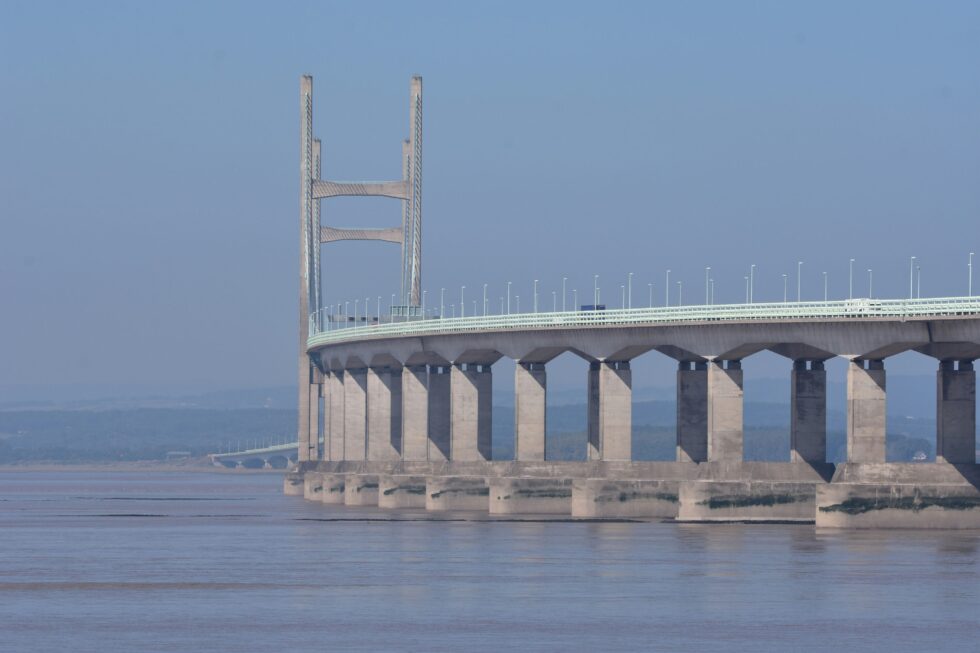
With a mean tidal range of 9.6 meters (31.5 feet) at Avonmouth and spring tides reaching up to 15 meters (49.2 feet), the Severn Estuary—which stretches from Gloucester in southwest England to the Bristol Channel between Wales and Somerset—is a tidal wonder ranking third globally. Comprising the well-known Severn Bore, a tidal wave that surges upstream, this funnel-shaped estuary turns large mudflats into submerged oceans twice daily. Drawing surfers, visitors, and environmentalists in 2025, the Severn Estuary—a wetland of global significance and a center for tidal energy innovation—fosters companionship through shared adventures, cultural events, and conservation activities.
9. Gulf of Kachchh
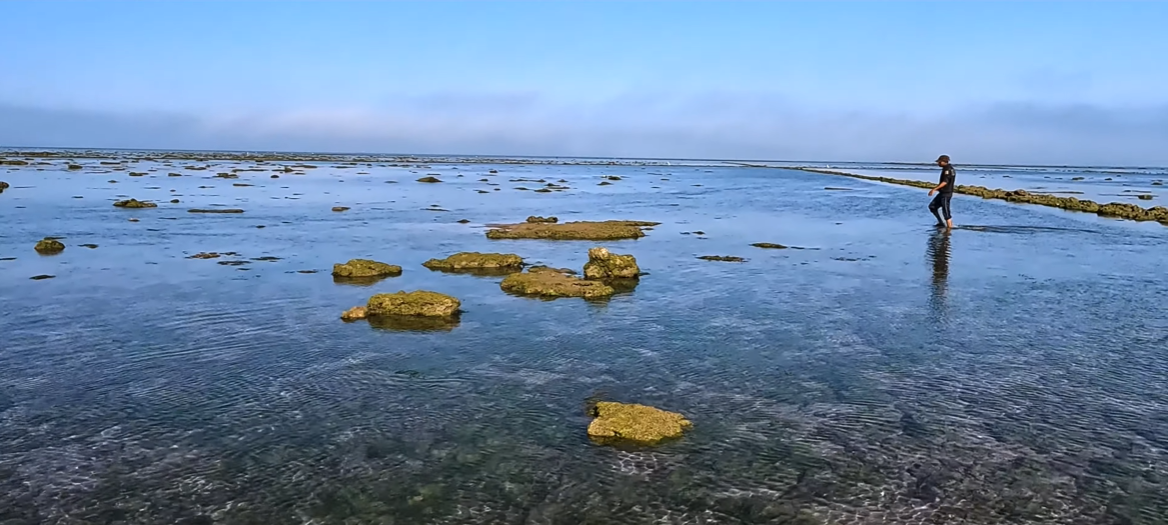
Rising 150 kilometers inland with a width of 15–65 kilometers, the Gulf of Kachchh, an Arabian Sea inlet along India’s northwest coast, separates the Kutch and Saurashtra peninsulas in Gujarat. Renowned for its great tidal range, averaging 4.0 meters (13.1 feet) and reaching up to 6.2–7.0 meters (20.3–23.0 feet) at spring tides at inner stations like Kandla, the gulf is a dynamic tidal environment. This macro-tidal area supports rich ecosystems and historic maritime traditions, home of the Gulf of Kachchh Marine National Park and Sanctuary. By means of shared cultural events, conservation initiatives, and tidal adventures, the gulf attracts fishermen, eco-tourists, and pioneers of renewable energy in 2025, so fostering friendship.
10. Wadden Sea

Covering 10,000 square kilometers, the Wadden Sea is the world’s largest unbroken system of tidal flats and wetlands, an intertidal zone running 500 kilometers along the coastlines of the Netherlands, Germany, and Denmark. Since 2009, this UNESCO World Heritage Site features a modest tidal range of 1.5–4.0 meters (4.9–13.1 feet), with spring tides rising to 5.0 meters during storms. Its tidal rhythms expose large mudflats at low tide and flood channels at high tide, producing a dynamic scene rich in species. Drawing eco-tourists, mudflat hikers, and conservationists in 2025, the Wadden Sea fosters friendship via common adventures, cultural celebrations, and environmental stewardship.





Tuzla su kaçak tespiti Ekip oldukça güvenilir ve deneyimli, su kaçağı sorunumu hemen hallettiler. https://stadiontusanj.ba/author/kacak/